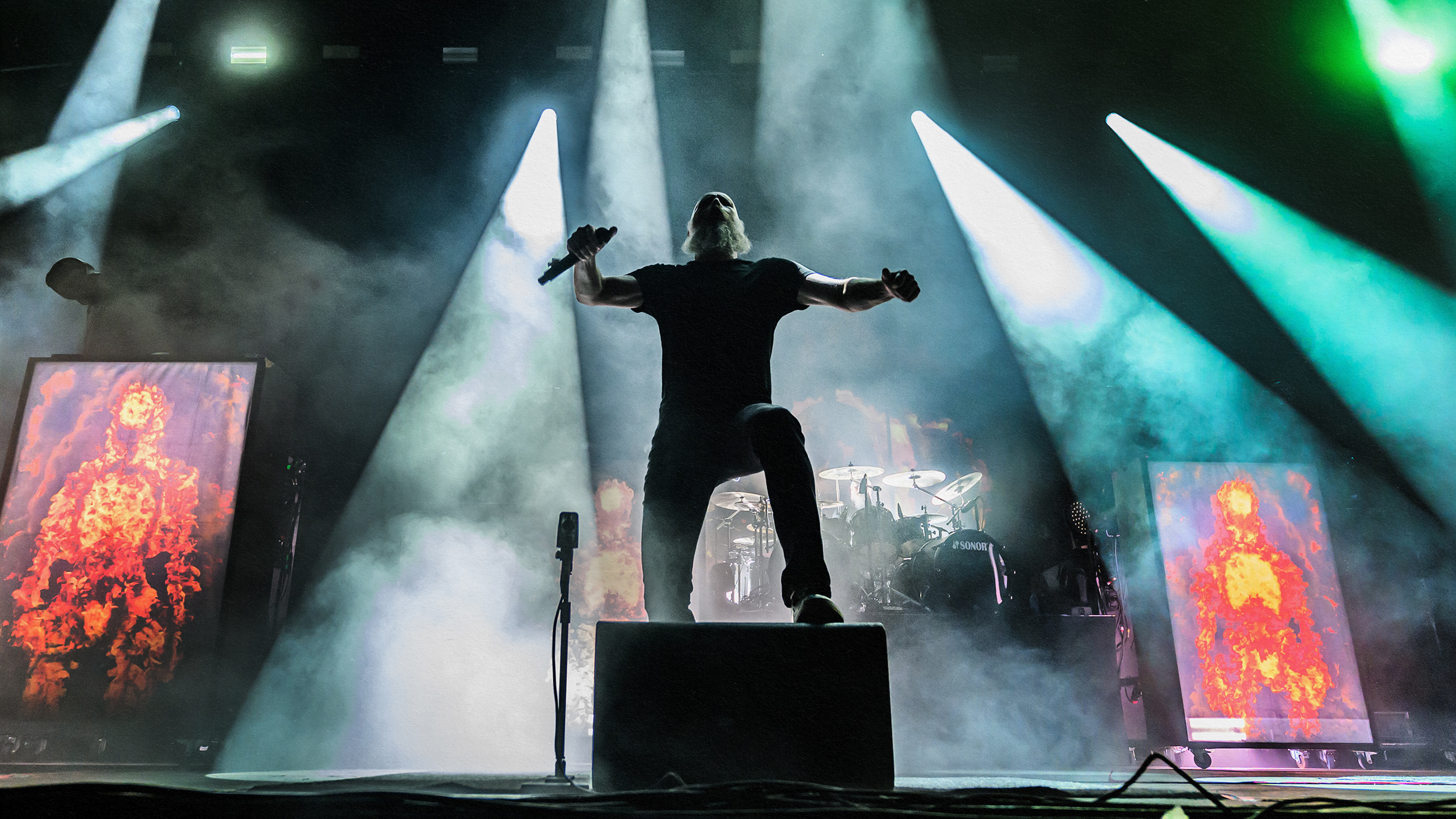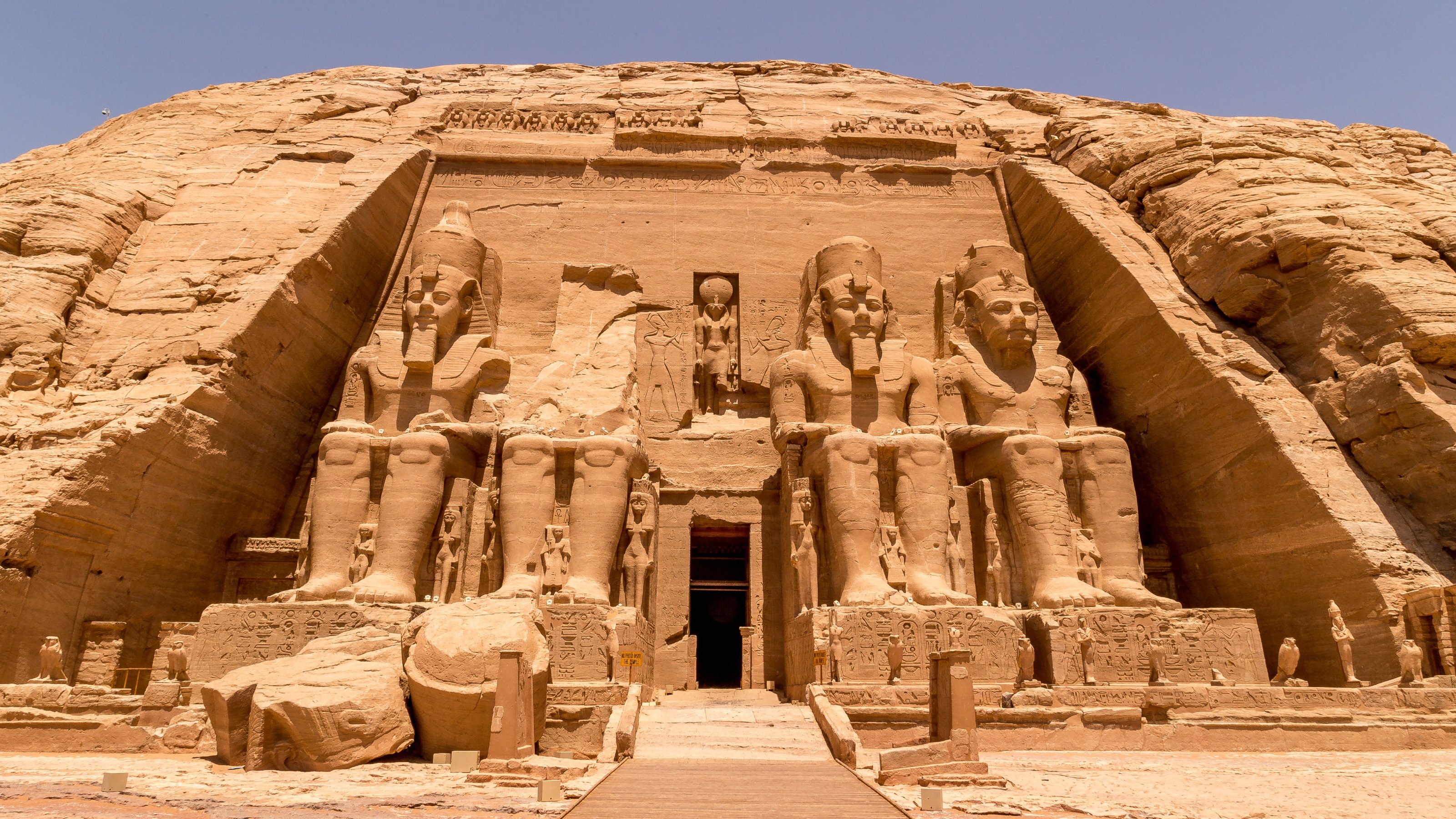Headbangers Unite!: The International Cultural Power That is Heavy Metal

On the heels of the untimely passing of heavy metal legend Ronnie James Dio, it’s worth analyzing the social and political force of Dio and his hard-rocking brethren. Dio’s work wasn’t particularly political, but the iconic [some might say satanic] culture he helped establish gestated over time into one of the world’s least-likely social forces.
What began as an aggressive ode to gothic imagery has now become a vibrant force in the Middle East. The musical genre has already helped establish, Acrassicauda, one of the few Iraqi cultural ambassadors in America. Prior to that, heavy metal had become its own cause as musicians in Morocco were arrested for moral and religious crimes. Similar hard-rock movements have been documented in Palestine and other parts of the Middle East. The music has even been used in the American battle against the Taliban. The contrast of metal misfits with some of the world’s strictest regimes has created an unlikely movement being seen worldwide.
In 2007, the Taiwanese government funded the U.S. tour of heavy metal band Chthonic, naming them as pseudo Goodwill ambassadors. While Asia has embraced the music as a popular outlet, complete with local concerts and magazines, the genre has grown increasingly political in the United States, with bands like Six Feet Under playing a role in the current anti-war movement. Members of 1980s metal supergroup Twisted Sister even stumped for the Obama campaign. It’s less surprising when you consider British research showing a positive link between metal and intellect.
With a surprising enthusiasm for the genre popping up in Iran of all places, a number of bands have found an outlet in rocking out. By finding hidden studio space to practice in, they’ve also discovered a fascinating form of protest.




